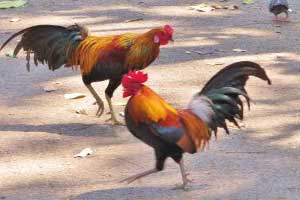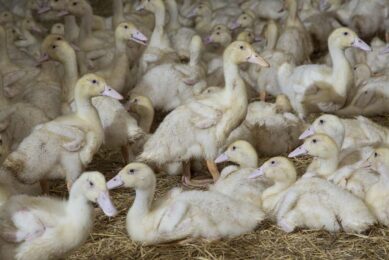The AI impact on Thai indigenous chicken

The impact of avian influenza (AI) on Thai indigenous chicken genetic resources following the outbreak of the disease in 2004 forms the main objective of this review.
By: M Duangjinda, K Choprakarn, S Suwanlee, P Amnueysit and O Thieme
A survey was performed on 482 households from 27 villages in seven sub-districts. A total of 482 households representing the North, Northeast and central regions of Thailand were extensively interviewed. All villages had incidents of AI outbreak and chicken depopulation, according to government records.
After the AI outbreak, most parental restocking of indigenous chickens in the Northeast and North was from local or home-grown areas, while restocking in the central region was from various external sources. The result found that approximately 45% of those interviewed decreased the number of chickens reared, 40% restocked chickens back to the original number, 15% increased the number of chickens reared, and a few stopped rearing altogether.
Thai indigenous chicken strains are traditionally classified by feather colour: black, yellow, red, grey, striped, green, straw, bronze and white. A total of 679 mature and 387 young roosters were photographed and classified by feather colour, shank colour, and comb types. It was found that the AI outbreak had an impact on the genetic resources of Thai indigenous chickens. The percentage of the black-feathered strain, which is mainly found in the North and Northeast, is now in decline. The yellow-feathered strain, which is mainly found in the central region, has also noticeably decreased. On the other hand, mixed strains started to increase. Consequently, the original indigenous genetics tended to represent less and less of the total population, while mixed strains continually increased.
This study revealed that the AI outbreak had an impact on genetic diversity of Thai indigenous chickens of Thailand.
| This is an abstract from the World’s Poultry Science Association’s Journal. To purchase report options: Purchase this report from Cambridge Journals Subscribe to WPSA journal (already a WPSA member) Become a WPSA member (word file) (pdf file) |
Join 31,000+ subscribers
Subscribe to our newsletter to stay updated about all the need-to-know content in the poultry sector, three times a week. Beheer
Beheer








 WP Admin
WP Admin  Bewerk bericht
Bewerk bericht